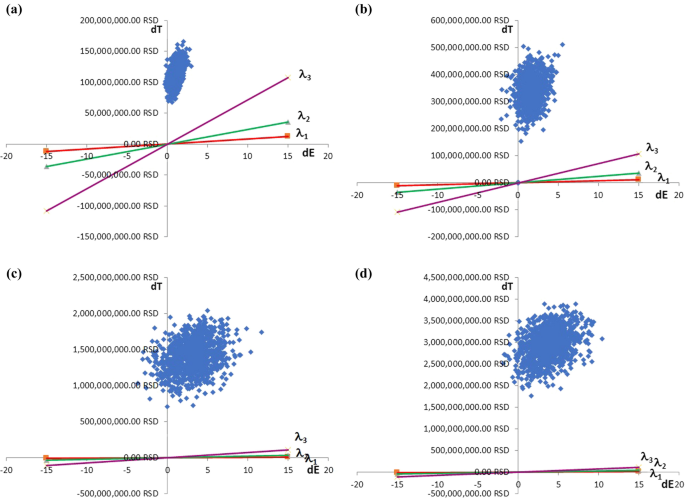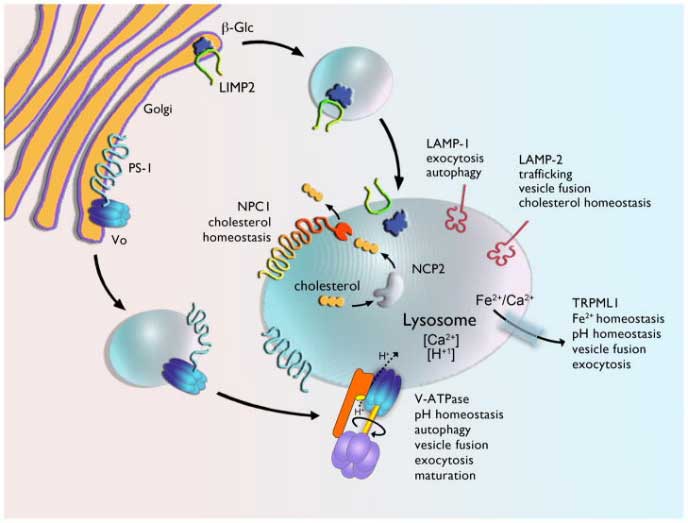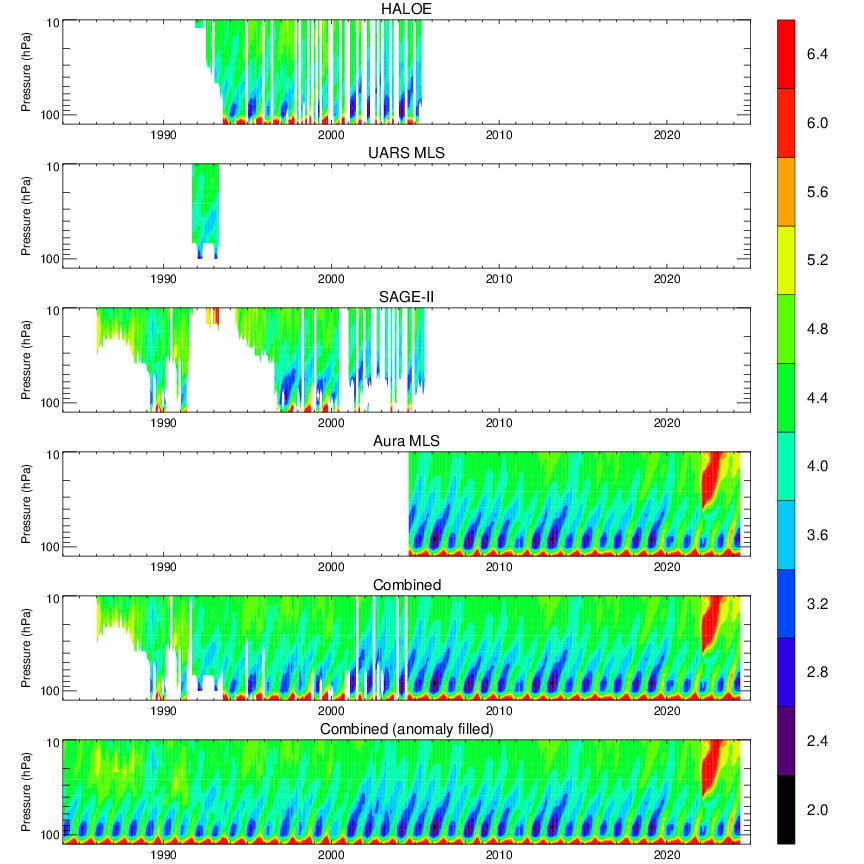Miglustat in Niemann-Pick disease type C patients: a review, Orphanet Journal of Rare Diseases
Por um escritor misterioso
Descrição
Niemann-Pick disease type C (NP-C) is a rare, autosomal recessive, neurodegenerative disease associated with a wide variety of progressive neurological manifestations. Miglustat is indicated for the treatment of progressive neurological manifestations in both adults and children. Since approval in 2009 there has been a vast growth in clinical experience with miglustat. The effectiveness of miglustat has been assessed using a range of measures. Comprehensive review of published data from studies of cellular neuropathological markers and structural neurological indices in the brain, clinical impairment/disability, specific clinical neurological manifestations, and patient survival. Cranial diffusion tensor imaging and magnetic resonance spectroscopy studies have shown reduced levels of choline (a neurodegeneration marker), and choline/N-acetyl aspartate ratio (indicating increased neuronal viability) in the brain during up to 5 years of miglustat therapy, as well as a slowing of reductions in fractional anisotropy (an axonal/myelin integrity marker). A 2-year immunoassay study showed significant reductions in CSF-calbindin during treatment, indicating reduced cerebellar Purkinje cell loss. Magnetic resonance imaging studies have demonstrated a protective effect of miglustat on cerebellar and subcortical structure that correlated with clinical symptom severity. Numerous cohort studies assessing core neurological manifestations (impaired ambulation, manipulation, speech, swallowing, other) using NP-C disability scales indicate neurological stabilization over 2–8 years, with a trend for greater benefits in patients with older (non-infantile) age at neurological onset. A randomized controlled trial and several cohort studies have reported improvements or stabilization of saccadic eye movements during 1–5 years of therapy. Swallowing was also shown to improve/remain stable during the randomized trial (up to 2 years), as well as in long-term observational cohorts (up to 6 years). A meta-analysis of dysphagia – a potent risk factor for aspiration pneumonia and premature death in NP-C – demonstrated a survival benefit with miglustat due to improved/stabilized swallowing function. The effects of miglustat on neurological NP-C manifestations has been assessed using a range of approaches, with benefits ranging from cellular changes in the brain through to visible clinical improvements and improved survival.

IJMS, Free Full-Text

PDF) Disease characteristics, prognosis and miglustat treatment
Niemann Pick Disease Type C - Symptoms, Causes, Treatment

Niemann–Pick Disease Type C

PDF) Consensus clinical management guidelines for Niemann-Pick

PDF) Niemann-Pick disease type C symptomatology: An expert-based

Adult‐onset Niemann–Pick disease type C masquerading as

Cost-effectiveness of miglustat versus symptomatic therapy of

PDF) Effects of miglustat therapy on neurological disorder and
de
por adulto (o preço varia de acordo com o tamanho do grupo)







